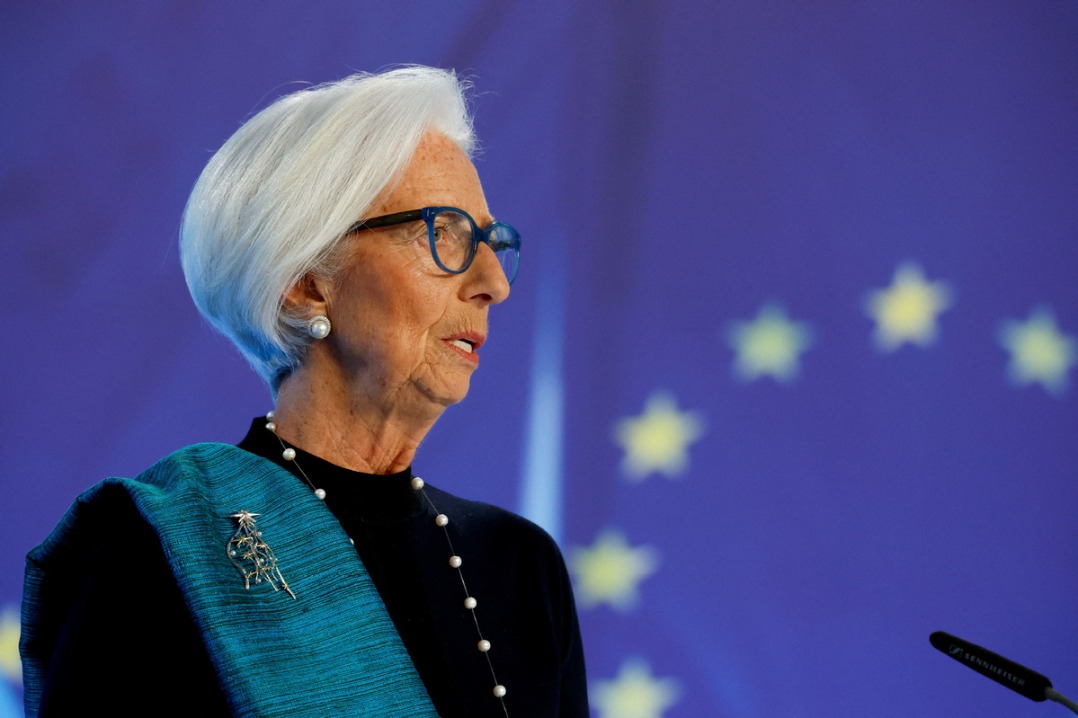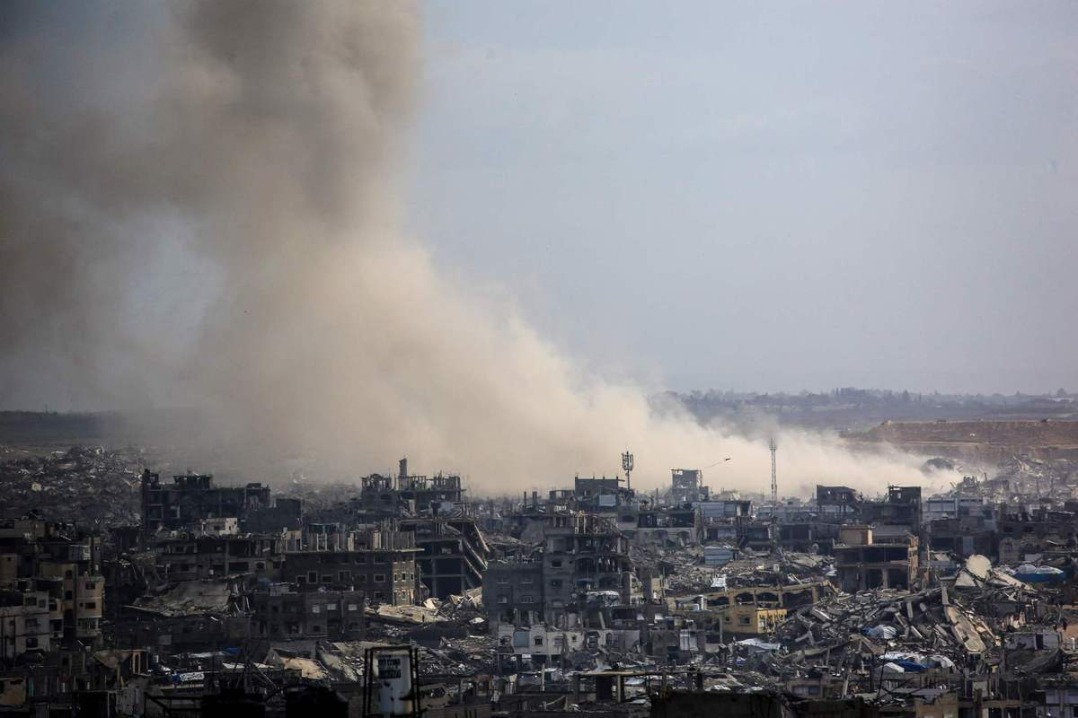Wildfires sweep across Latin America to highlight climate change crisis


Fed by an ongoing heat wave and winds, and sometimes purposely lit, deadly wildfires are burning not just in Chile but across Latin America, highlighting the potentially devastating effects of climate change.
In Colombia, more than 320 fires have been burning since the beginning of the year in the central and northeastern regions of the country, and the situation was exacerbated by four blazes that sparked up near the capital city Bogota on Jan 22, destroying at least 60 hectares of mountain forest.
In Argentina, a massive wildfire has engulfed over 1,000 hectares of land in Patagonia's Los Alerces National Park, a World Heritage Site. Local officials say the fires were purposely set.
Brazil, home to over half of the Amazon rainforest, registered a staggering 190,000 wildfire outbreaks last year, according to a survey. They were largely triggered by pervasive deforestation for agriculture.
But as Brazil's drought-triggered fire season ended, deadly blazes erupted in Chile, leaving more than 120 people dead and 1,000 homes destroyed as of Feb 5. The fires in central Chile were spurred by an ongoing drought, a heat wave and high winds, and the death toll is expected to rise further.
These blazes are just the latest signs of an intensifying wildfire problem in Latin America, which has seen vast swaths of the region get affected since 2023.
The situation is particularly dire in the Amazon rainforest, which spans nine countries and makes up 40 percent of South America's land area. As the "lungs of the world", the Amazon plays a crucial role in battling climate change but is increasingly threatened by record-breaking fires.
A convergence of factors is putting a heavy fire toll on Latin America's valuable ecosystems and the communities that depend on them.
Since 2000, advancing cattle and soybean production has tripled the area of farmland, diminishing the world's largest tropical forest. This exacerbated the drought conditions and ignited the fast-moving infernos. In 2023, nearly half of Brazil's wildfire outbreaks erupted in the Amazon.
Latin America's diverse geography also makes it particularly susceptible to the increasing threat of wildfires.
"It's important to note that wildfires behave differently based on factors like the type of vegetation, slope of the terrain, wind speed, and the critical influence of human activity. Fires are highly impacted by anthropogenic actions," said Laura Gomez, a forestry engineer and researcher at the Humboldt Institute in Colombia.
In 2013, there were more than 14,000 wildfires in Colombia. In January this year, after enduring weeks of drought conditions, around 17,000 hectares of forest was destroyed in the country.
"It was forecasted that this year the impact of climate change from the El Nino phenomenon would be much stronger than in previous years, and the consequences have been truly devastating," said Carlos Augusto Rojas Ortiz, a veteran firefighter and former representative to the House of Congress in Colombia.
"Forest fires have ravaged vital water reserves, burned aquifers that supply snowy regions with water, and impacted frailejones on a massive scale," Ortiz said. Frailejones are a typical plant of the Andes plateaus.
In Colombia, "we have had forest fires in 30 out of our 32 departments (administrative regions), with some experiencing more severe blazes than others, but in all cases undermining our environmental situation greatly," Ortiz said.
The Colombian government has taken significant steps in response to the crisis. It declared the state of natural disaster for 12 months, extendable for an equal period, recognizing the urgent need for a specific action plan.
Additionally, the government proposed the creation of an International Unified Command in the Amazon to protect the jungle from the fires it is facing, and safeguard affected communities.
Around Bogota, firefighting crews are working to contain five ongoing wildfires, said the city's mayor, Carlos Fernando Galan.
The wildfire challenge extends further south to Argentina, where a massive wildfire erupted last week and grew to engulf over 1,000 hectares of land in the province of Chubut. Firefighters are now focused on preventing it from jumping into surrounding populated areas.
The fire poses a serious threat to the unique ecosystem of Los Alerces National Park, which was designated a protected area by UNESCO in 2017 for its magnificent old-growth cedar and araucaria trees.
The blaze, made worse by dry and windy conditions, was allegedly started by members of the indigenous Mapuche resistance group. Chubut's governor blamed the rebel organization for intentionally starting the fire on Jan 25 in an attempt to "take land".
In 2023, more than 26,000 wildfires broke out in Argentina.
The writer is a freelance journalist for China Daily.

































